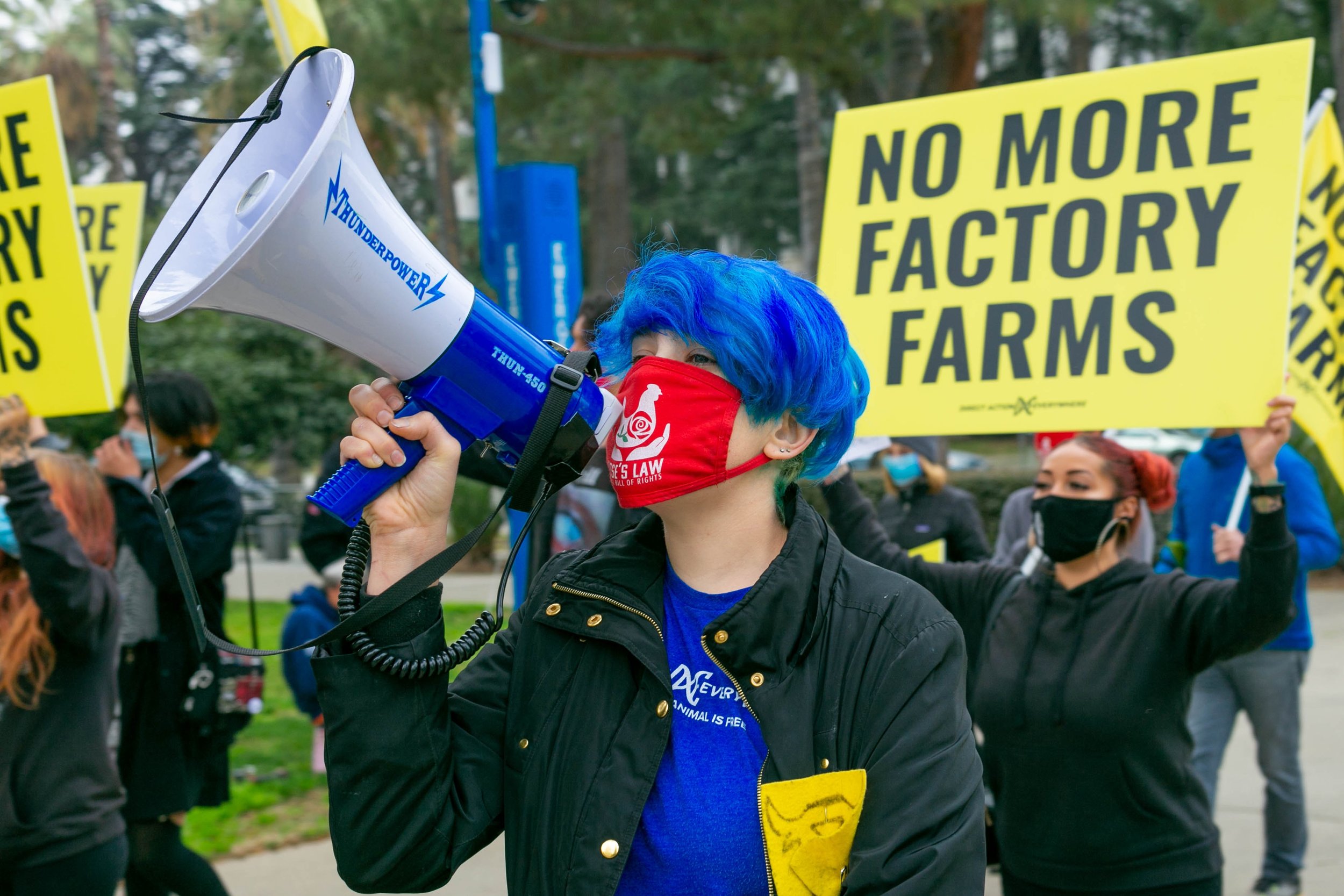Update: The latest animal testing regulations in China

Product category
Author
China’s animal testing rules are about to undergo a significant transformation. As of 1 May 2021 brands have been able to sell imported non-special purpose cosmetics in mainland China, without having to pay for harsh animal testing. While this does not guarantee that all cruelty-free cosmetic businesses will be permitted to sell in China, it is a major step in the right direction.
In May 2021, a new, long-awaited milestone was achieved: the ability for imported general cosmetics to be exempted from mandatory animal testing in China, thus opening up the Chinese market to several European cruelty-free brands that could previously only export limited quantities through cross-border e-commerce, or not at all. However, in order to be excluded from animal testing, relevant documents from the manufacturer’s home country must be given, which is a difficult process. To assist EU enterprises in the process, the EU SME Centre revised its flagship publication How to Export Cosmetics to China (2022 Regulations Update) in February 2022.
According to PETA, more than 6000 brands are cruelty-free. The problem is that the term cruelty-free is not regulated which is why it may compromise the integrity of your brand to trade in China where animal testing was highly prevalent despite the new act mentioned above, how can your consumers trust that you are still truly cruelty-free? Is it valuable for your brand to start trading in China when you have built a loyal customer base outside of China who trust that your brand is truly cruelty-free based on the fact that you do not sell your products in China?
It comes down to a matter of ethics for cruelty-free brands and even many clean beauty brands as oftentimes cruelty-free is included in being clean, brands cannot be vegan but test on animals nor is it possible to be sustainable for the environment without considering animal testing as well.
Transparency has always been one of Skin Match Technology’s main pillars and why we aim to cultivate transparency through AI in the beauty industry.
What do consumers want?
- 54% are looking for cruelty-free products.
- 50% are looking for paraben-free products.
- 31% are looking for organically produced products.
- 30% are looking for alcohol-free products.
- 28% are looking for fragrance-free products.
- 25% are looking for pigment-free products.
- 11% are looking for vegan products.
The clean beauty market is valued at USD 5439.6 Million in 2020 and is expected to reach USD 11558.5 Million in 2027, growing at a CAGR of 12.07% from 2020 to 2027. The global clean beauty market is expected to grow at a significant growth rate due to a number of driving factors.
Increasing demand for beauty products with more cautiousness and awareness for skin as well as a surge in the launching of more sophisticated and clean beauty products for better skin care are some important factors driving the growth of the clean beauty market. The clean beauty market counterpart, the cruelty-free cosmetics market is projected to present a 4.56% CAGR to reach USD 14.23 Billion by 2030.
This new animal testing development in China may be a step in the right direction but still requires more investigation in order to uphold the integrity of your brand and keep the trust of your consumers who value clean beauty and cruelty-free cosmetics.


